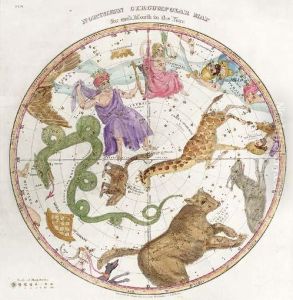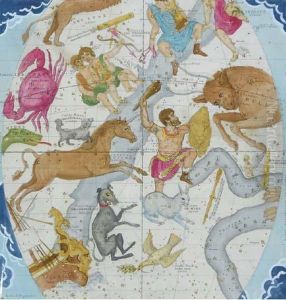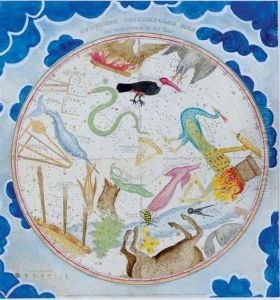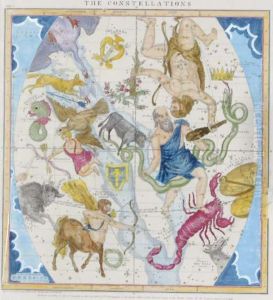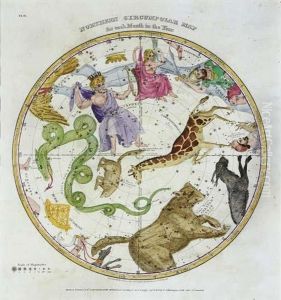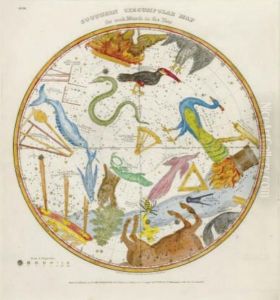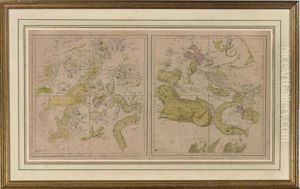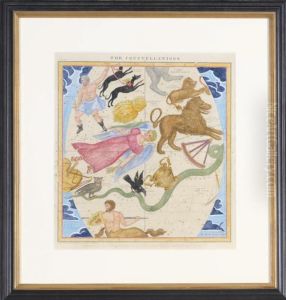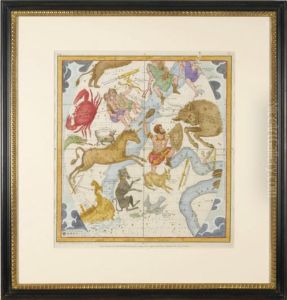Elijah Hinsdale Burritt Paintings
Elijah Hinsdale Burritt was not primarily known as an artist, but rather as an American astronomer, mathematician, and educator. Born on April 20, 1794, in New Britain, Connecticut, he was the younger brother of Elihu Burritt, a well-known peace advocate and philologist. Despite the initial focus on Elijah Hinsdale Burritt's contributions to astronomy, he did engage in creating celestial maps, which may be considered as artistic work in the broader sense of representing scientific knowledge through visual means.
Elijah Hinsdale Burritt's passion for the stars was evident early on, and he pursued his interests with zeal despite the limited educational opportunities available to him at the time. He attended Williams College but did not graduate, yet he continued to educate himself, becoming a schoolteacher and later a noted astronomer. He is best known for his work 'The Geography of the Heavens,' which was published in 1833. This book, accompanied by a celestial atlas, was widely used in schools and by amateur astronomers in the 19th century. The atlas contained detailed star charts that were both scientifically accurate and beautifully rendered, showcasing Burritt's meticulous nature and his ability to convey complex information through visual representation.
Burritt's star maps were among the most detailed of his time and served as an important educational tool for those learning about the night sky. His work played a significant role in popularizing astronomy in the United States and in making the subject more accessible to the general public. The artistic nature of his celestial maps lies in their precision and the elegant way he translated the cosmos onto paper, a task that combines scientific skill with aesthetic sensibility.
Elijah Hinsdale Burritt's untimely death on January 3, 1838, cut short a life devoted to the study and dissemination of astronomical knowledge. Although Burritt was not an artist in the traditional sense of creating works for aesthetic appreciation, his celestial maps are appreciated not only for their scientific contribution but also for their intricate beauty. They remain a testament to his skill and dedication to bringing the wonders of the night sky closer to people of his time.
